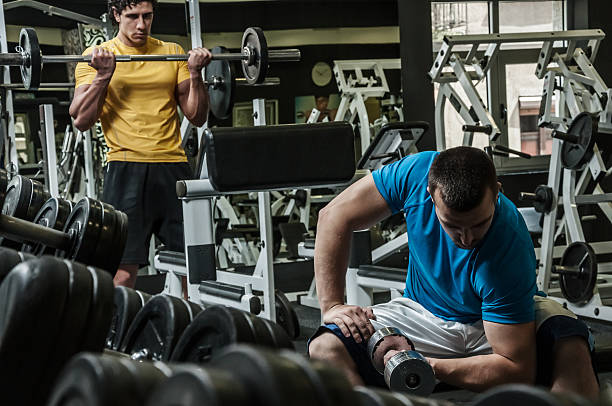
Technique & Form: The Key to Safe and Effective Workouts
Share
When people step into the gym, the focus is often on how much weight they can lift, how many reps they can push through, or how quickly they can finish a workout. While effort and consistency are essential, the real secret to progress lies in something many overlook: technique and form. Perfecting your form isn’t just about looking polished — it’s about protecting your body from injury, engaging the right muscles, and making every single rep count.
Why Form Matters More Than Reps
It’s tempting to chase heavier weights or longer sets, but poor technique can quickly backfire. Incorrect form puts stress on joints and ligaments instead of working the muscles you’re trying to build. For example, rounding your back during a deadlift might help you pull the bar off the ground, but it also places enormous strain on your spine. The result? A higher risk of injury and slower progress. Proper form ensures that the effort you’re putting in is actually targeting the muscles intended — meaning faster, safer results.
Building the Mind-Muscle Connection
Good technique goes hand in hand with something called the mind-muscle connection. This simply means being aware of which muscle you’re working during each movement. Instead of rushing through a bicep curl, slowing down, keeping your elbows tucked, and really focusing on the contraction will make your workout more effective. It’s not always about moving faster or lifting heavier; sometimes, dialling into your form can deliver better results than any increase in weight.
Common Mistakes and How to Avoid Them
Every gym-goer has seen it: someone squatting with their knees caving inward, or bench pressing with their shoulders hunched. These small errors might not cause pain immediately, but over time, they can lead to serious injuries. The fix usually isn’t complicated — squatting with your knees aligned over your toes, pressing with your shoulders retracted, or keeping your core engaged during planks can completely transform the safety and effectiveness of the exercise.
Progression with Purpose
Proper form doesn’t mean you can’t challenge yourself. In fact, once you’ve mastered the basics, gradually increasing weight or intensity is the safest way to grow stronger. Progression should never come at the cost of sloppy technique. If you can’t maintain form at a certain weight, it’s a signal to step back slightly and rebuild with intention. Over time, your strength will grow naturally, and your body will thank you for the patience.
Listen to Your Body
One of the most important lessons in fitness is learning to listen to your body. Sharp pain, unusual strain, or feeling “off” during a movement is usually your body’s way of saying something isn’t right. Instead of pushing through, take a moment to reset your form or lower the weight. Sometimes the smartest move you can make in the gym is choosing technique over ego.
Bringing It All Together
At the end of the day, working out is about progress, not perfection. Whether you’re a beginner learning your first push-up or an experienced lifter chasing new PRs, proper form is the foundation that keeps you strong and injury-free. Think of every rep as practice, not just effort. By focusing on technique first, you’ll not only maximize your performance but also ensure you can keep training for years to come.